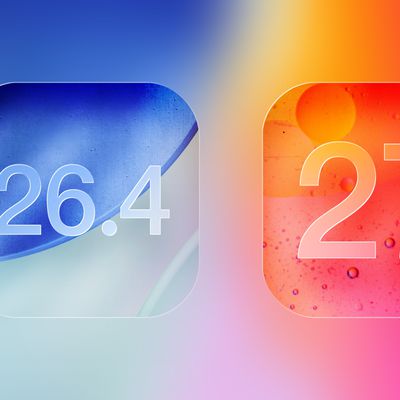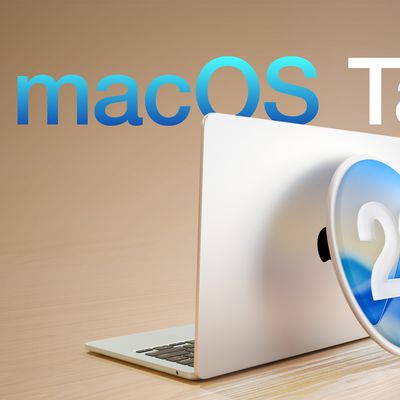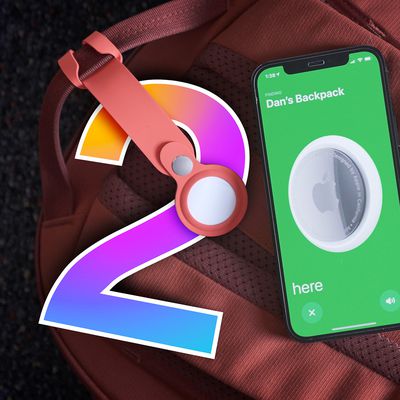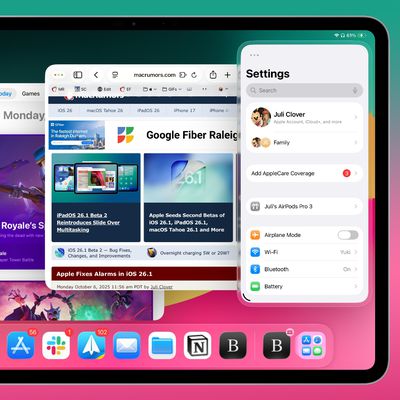A new report posted by DigiTimes today has taken a look into the micro-LED ambitions of multiple companies, including the timeline by which Apple might begin its trial production of micro-LED displays. Although it's yet to be confirmed, Apple is likely to use such display technology on a version of the Apple Watch launched in 2018 or later.
The report, citing industry sources, states that Apple's current aim is to manufacture a "small volume" of products with micro-LED displays towards the end of this year. Reports over the past few weeks have referenced similar timelines for Apple's micro-LED plans, and today's news also corroborates the location of Apple's trial production run, expected to be housed in a plant in Taoyuan, Taiwan.
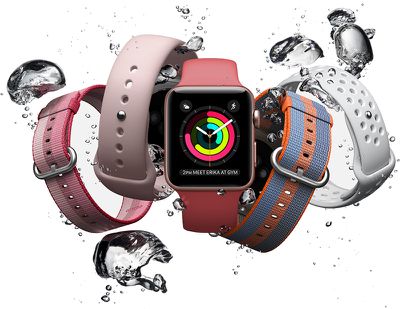
A few makers engaged in R&D for micro LED display products, despite many technological bottlenecks, are expected to take the initiative to begin trial production in the second half of 2017 at the earliest, according to industry sources.
Apple has been keen in the development of micro LED technology following its acquisition of LuxVue in 2014, and recent market speculations also indicate that Apple is likely to crank out a small volume of micro LED display products from its plant in Taoyuan, northern Taiwan at the end of the year.
Rumors of an Apple Watch with a micro-LED display began last summer, when it was suggested that such a device may launch in 2017, but with the current reports of late-in-the-year trial productions on micro-LED displays it's likely that the 2017 "Apple Watch Series 3" will continue to use OLED technology. In regards to advantages, devices with micro-LED have the chance to be thinner, lighter, see an improved color gamut with increased brightness, and sport higher resolutions.
Apple's production on micro-LED is said to be the final realization of its acquisition of low-power microLED-based display maker LuxVue in 2014. Similarly, Samsung has been rumored to acquire micro-LED company PlayNitride, which is expected to begin a trial production on the displays sometime in the second half of 2017. Foxconn has also announced plans to acquire display startup eLux, "for development of next-generation micro-LED display technology."
Although no direct connection with Apple has been made by the manufacturers, their previous history as suppliers for the Cupertino company points toward either company, or both, as additional micro-LED suppliers for a future generation Apple Watch. According to industry sources speaking on Foxconn's eLux purchase, "The acquisition could provide a fast track for Foxconn to commercialize micro-LED technology," bringing it to a wider range of consumer products.


